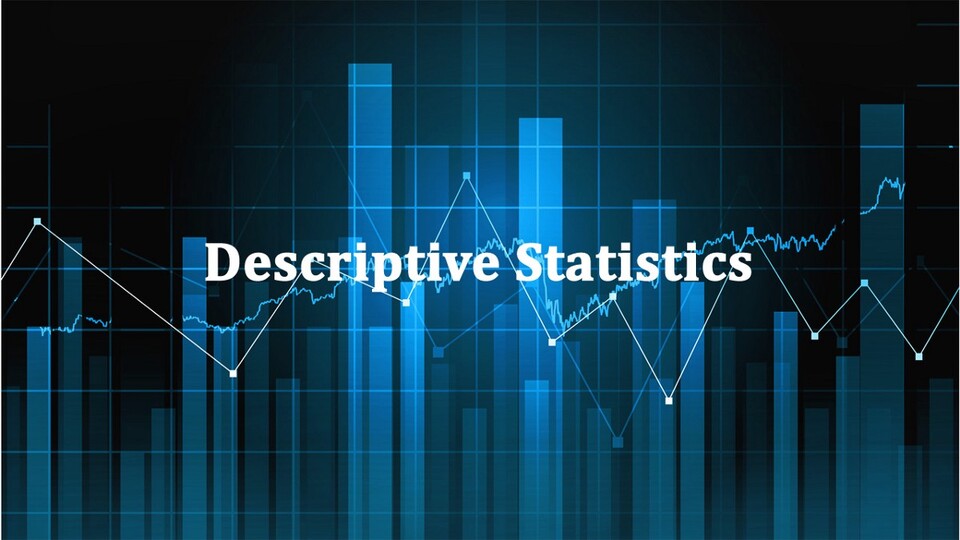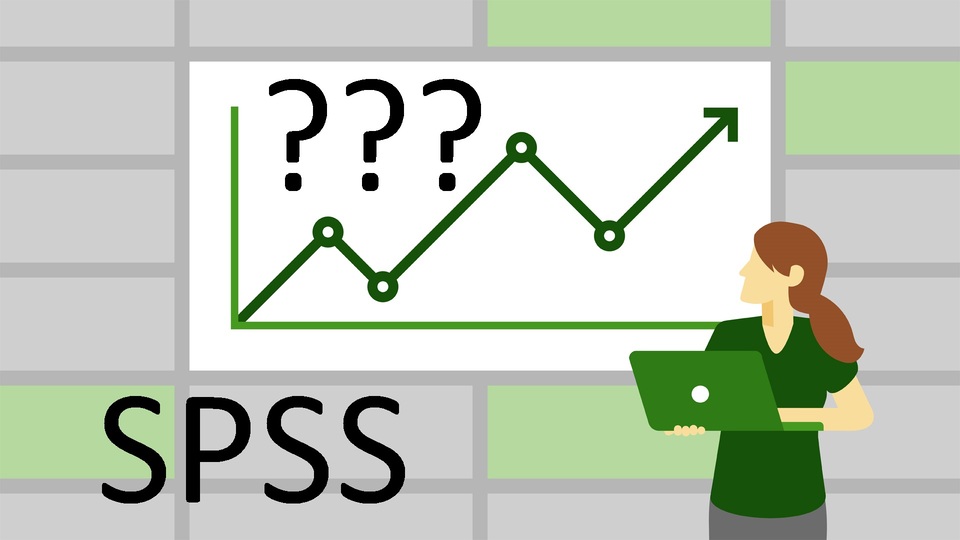An Omnibus Survey is a type of market research method that allows businesses to collect data from a large sample of individuals in a cost-effective manner.
The survey typically includes a mix of questions on various topics and is conducted on a regular basis, such as weekly or monthly.
The survey is usually conducted by a market research company using a representative sample of the population.
The data collected in an Omnibus Survey can be used to understand consumer attitudes, opinions, and behaviors on a wide range of topics.
The survey can be conducted online, by phone, or by mail.
types of surveys allow businesses to gather a large amount of information on various topics at a lower cost than conducting a separate survey for each individual topic.
It is also a good method to test out new questions or hypotheses before conducting more expensive research.
Importance of Data Analysis in Omnibus Surveys
Data Analysis in Omnibus Surveys is important because it helps to extract meaningful insights and trends from the collected data, which can aid in making informed decisions for the business. Without proper data analysis, the information collected through the survey would be difficult to understand and would not provide any valuable insights.
Data Analysis in Omnibus Surveys allows for the examination of the characteristics of the sample, such as demographics, attitudes, and behaviors. It also allows for the identification of patterns, trends, and relationships within the data, which can help to understand consumer attitudes and behaviors.
Additionally, Data Analysis in Omnibus Surveys can help to identify key areas of concern or opportunities for the business and to track changes in consumer attitudes and behaviors over time. This can aid in the development of marketing strategies, product development, and other business decisions.
Types of Data Analysis in Omnibus Surveys
There are three main types of Data Analysis in Omnibus Surveys: Descriptive, Inferential, and Exploratory.
Descriptive Analysis:
Descriptive Analysis involves summarizing and describing the characteristics of the collected data. It includes techniques such as frequency distributions, measures of central tendency (mean, median, mode), and measures of dispersion (range, variance, standard deviation). Descriptive Analysis is used to provide a general overview of the data, and to identify patterns and trends.
Inferential Analysis:
Inferential Analysis uses statistical methods to make inferences about a population based on a sample of data. It includes techniques such as hypothesis testing, confidence intervals, correlation, and regression analysis. Inferential Analysis is used to draw conclusions and make predictions about a population based on the sample data.
Exploratory Data Analysis:
Exploratory Data Analysis is the process of analyzing and summarizing the main characteristics of a data set, usually through visual methods. It includes techniques such as box plots, histograms, and scatter plots. Exploratory Data Analysis is used to identify patterns, trends, and relationships within the data, and to identify any unusual or unexpected observations.
All three types of Data Analysis in Omnibus Surveys are important in order to get a full understanding of the data collected.
Descriptive Analysis provides a general overview of the data, Inferential Analysis allows one to draw conclusions and make predictions and Exploratory Data Analysis helps to identify patterns, trends, and relationships within the data.
Best Practices for Data Analysis in Omnibus Surveys
(1) Sample Size:
The sample size is an important consideration when conducting Data Analysis in Omnibus Surveys. A larger sample size typically results in more accurate data but also increases the cost. To ensure that the sample size is large enough to be representative of the population, a sample size calculator can be used.
(2) Questionnaire Design:
The design of the questionnaire used in the Omnibus Survey can greatly impact the quality and usefulness of the data collected. It\’s important to ensure that the questions are clear, concise, and unbiased and that they are able to provide the information needed.
Data Cleaning:
Data cleaning is the process of identifying and correcting errors and inconsistencies in the collected data. This step is important to ensure the data is accurate and reliable. It is best practice to perform data cleaning before the analysis begins.
Data Visualization:
Data visualization can be a powerful tool for understanding the insights and trends within the data. Visualizing the data can help to identify patterns and trends, and can make it easier to understand and communicate the results of the analysis.
Data Preparation:
Data preparation includes activities such as recording, transforming and aggregating the data to ensure that it is in the right format for analysis. This step is important to make sure that the data is in a format that can be easily analyzed and interpreted.
Quality Control:
Quality control checks should be performed on the data to ensure that the data is accurate and consistent. This can include performing data validation checks, reviewing data for errors, and verifying that the data meets the requirements for analysis.
Validity and Reliability:
The data should be checked for Validity and Reliability. Validity refers to the extent to which a test measures what it is supposed to measure. Reliability refers to the extent to which a test produces consistent results.
Feedback and Verification:
Data Analysis should be verified by someone other than the person who conducted the analysis. Feedback should be sought from other experts in the field to ensure that the analysis is accurate and unbiased.
By following these best practices for Data Analysis in Omnibus Surveys, businesses can ensure that the data collected is accurate, reliable and useful for making informed decisions.
Tools and Software for Data Analysis in Omnibus Surveys
There are several tools and software options available for Data Analysis in Omnibus Surveys, including:
Excel:
Excel is a widely used tool for data analysis and can be used to create basic descriptive statistics and charts. It is a spreadsheet software that can be used to organize, manipulate and analyze data.
SPSS (Statistical Package for the Social Sciences):
SPSS is a software package used for statistical analysis in social sciences. It provides a wide range of data analysis tools, including descriptive statistics, inferential statistics, and data visualization.
R:
R is a programming language and software environment for statistical computing and graphics. It is open-source and can be used for data analysis and visualization. It has a wide range of packages that can be used for data analysis.
Python:
Python is a general-purpose programming language that can be used for data analysis, including in the context of Omnibus Surveys. It has a number of libraries such as pandas and NumPy that can be used for data cleaning, manipulation, and visualization.
Tableau:
Tableau is a data visualization tool that can be used to create interactive dashboards and charts. It can be used to quickly and easily identify patterns and trends in the data.
SAS (Statistical Analysis System):
SAS is a software suite that provides advanced analytics, multivariate analysis, business intelligence, data management, and predictive analytics. It\’s widely used by organizations to mine, analyze and report on data.
the popular tools and software options available for Data Analysis in Omnibus Surveys, but there are many other options available as well.
The choice of tool or software will depend on the specific needs of the business and the type of analysis to be performed.
Common Challenges in Data Analysis of Omnibus Surveys and How to Overcome Them
(1) Missing Data: Missing data can be a problem in Omnibus Surveys and can be addressed by using multiple imputation methods or by excluding missing data cases from the analysis. Another way to deal with missing data is to use weighting to adjust for non-response bias.
(2) Outliers: Outliers can skew the results of data analysis and can be addressed by identifying and either removing or transforming them. Another way to deal with outliers is to use robust statistical methods that are less sensitive to outliers.
(3) Non-response Bias: Non-response bias occurs when individuals who do not respond to the survey are different from those who do. To avoid this, weighting can be used to adjust for non-response bias. Additionally, a follow-up survey or other methods can be used to increase response rates.
(4) Data Quality: Data quality refers to the degree to which data is accurate, complete, and consistent. To ensure data quality, it is important to conduct data cleaning, validation, and quality control checks.
(5) Data Integration: Data integration is the process of combining data from different sources. This can be challenging when working with Omnibus Surveys because data may be collected using different methods and at different times. To overcome this, data integration should be carefully planned and executed.
(6) Data Security: Data security is important when working with Omnibus Surveys because the data contains sensitive information about individuals. To ensure data security, it is important to implement appropriate security measures, such as encryption and access controls.
(7) Data Governance: Data governance is the overall management of the availability, usability, integrity, and security of the data used in the organization. It\’s important to have data governance in place to ensure that data is accurate, consistent, and protected.
challenges and implementing appropriate solutions, businesses can ensure that the data collected through Omnibus Surveys is accurate, reliable, and useful for making informed decisions.
Future directions for research in Data Analysis in Omnibus Surveys
- Machine Learning: Machine learning techniques can be used to analyze Omnibus Survey data in new and innovative ways. This can include using machine learning algorithms to classify survey responses, identify patterns and trends, and make predictions.
- Big Data: With the increasing amount of data being collected through Omnibus Surveys, there is an opportunity to use big data techniques to analyze and extract insights from the data. This can include using techniques such as data mining and data visualization to identify patterns and trends in the data.
- Predictive Analytics: Predictive analytics can be used to analyze Omnibus Survey data to make predictions about future consumer attitudes and behaviors. This can include using regression analysis and machine learning techniques to predict outcomes based on the survey data.
- Text Analytics: Text analytics can be used to analyze open-ended responses in Omnibus Surveys to extract insights about consumer attitudes and opinions. This can include using techniques such as sentiment analysis, topic modeling, and text mining to identify patterns and trends in the data.
- Mixed-Methods: Mixed-methods research can combine quantitative and qualitative data to gain a deeper understanding of consumer attitudes and behaviors. This can include using techniques such as survey analysis, interviews, and focus groups to collect and analyze data.
- Real-time analysis: Real-time analysis can be used to analyze Omnibus Survey data as it is being collected. This can allow businesses to make more informed decisions and take action more quickly.
- Multi-lingual survey: Omnibus survey can be conducted in multiple languages, this can help to understand the consumer attitudes and behavior in a specific culture and country.
Data Analysis in Omnibus Surveys, which is likely to bring new insights, methodologies, and technologies that will enable to extract of more information from the data collected
omnibus survey advantages disadvantages
Advantages of Omnibus Surveys:
- Cost-effective: Omnibus Surveys are cost-effective because they allow businesses to collect data from a large sample of individuals at a lower cost than conducting a separate survey for each individual topic.
- Time-efficient: Omnibus Surveys can be conducted quickly and efficiently, which can help businesses to make decisions more quickly.
- Variety of information: Omnibus Surveys provide a wide range of information on various topics, which can help businesses to understand consumer attitudes, opinions, and behaviors on a wide range of issues.
- Test new questions or hypotheses: Omnibus Surveys can be used to test new questions or hypotheses before conducting a more expensive research.
Disadvantages of Omnibus Surveys:
- Limited control over questions: Businesses have limited control over the questions that are included in the survey, which can limit the ability to gather specific information that is needed.
- Limited sample size: Sample size is a major consideration when conducting Omnibus Surveys. A larger sample size typically results in more accurate data but also increases costs.
- Limited control over the sample: Businesses may not be able to select the sample in order to ensure that it is representative of the population.
- Limited control over the timing: Omnibus Surveys are conducted on a regular basis, such as weekly or monthly. This can limit the ability to gather information on specific events or issues.
- Limited control over data analysis: Businesses have limited control over the data analysis methods used by the market research company.
Related Questions
What does omnibus mean in research?
In research, \”Omnibus\” refers to a type of survey that covers multiple topics. Omnibus Surveys are generally conducted by market research companies, and they are used to gather information on a wide range of topics from a representative sample of the population. The survey usually includes a mix of questions on various topics that the market research company or the client wants to gather information on. The term \”Omnibus\” comes from the Latin word \”omnibus\” which means \”for all\” or \”for everyone\”, reflecting the wide range of topics covered by the survey. Omnibus Surveys can be conducted using various data collection methods such as online, by phone, or by mail.
How does an omnibus survey work?
Omnibus Surveys typically work by using a representative sample of the population to gather information on a wide range of topics. The survey is usually conducted by a market research company using various data collection methods such as online, by phone or by mail.
Here\’s a general overview of the process:
Sample Selection: A representative sample of the population is selected. The sample size and selection criteria will vary depending on the research objectives and budget.
Questionnaire Design: The market research company will design a questionnaire that includes a mix of questions on various topics. The questionnaire is designed to be clear, concise, and unbiased, and to provide the information needed.
Data Collection: The survey is conducted using the selected sample and the designed questionnaire. The data is collected by interviewing the respondents either online, by phone, or by mail.
Data Cleaning: Data cleaning is the process of identifying and correcting errors and inconsistencies in the collected data. This step is important to ensure the data is accurate and reliable.
Data Analysis: The collected data is analyzed using appropriate statistical methods to understand the insights and trends within the data.
Data Reporting: The results of the survey are presented in a report that includes summary statistics, charts, and tables to make it easy to understand and interpret the data.
Data Interpretation: The insights and trends in the data are interpreted to understand consumer attitudes and behaviors on various topics.
conclusion
Data Analysis in Omnibus Surveys is crucial to understanding the insights and trends within the collected data, which can aid in making informed decisions for the business.
It enables businesses to extract meaningful insights, identify key areas of concern or opportunities, and track changes in consumer attitudes and behaviors over time.
Omnibus Surveys can be a cost-effective and time-efficient way for businesses to gather a wide range of information on various topics,
but the limited control over the questions, sample size, sample selection, timing, and data analysis can be a disadvantage.
Share via:


